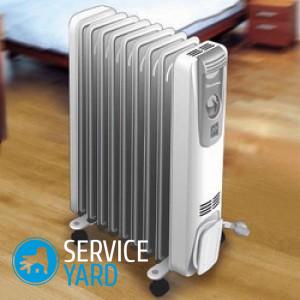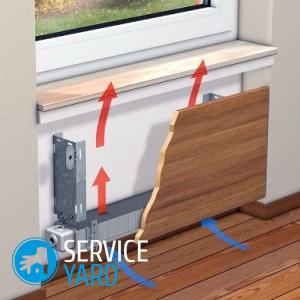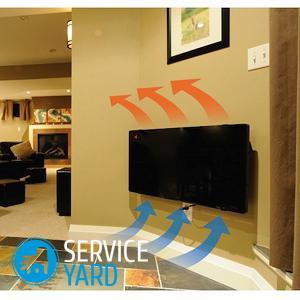How to choose a convector?
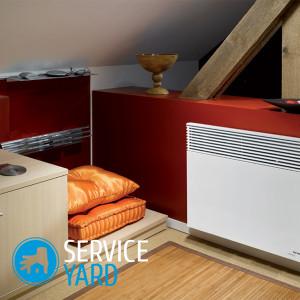
A convector is an electrical device that is designed to heat a room. Such devices are a great alternative to the central heat supply system, especially before the start of the heating season, when it is already colder on the street. Such units can also serve as the only source of heat in a private house, without requiring the installation of pipes or the installation of a boiler. This is very convenient if the owners do not have the opportunity to heat their home, except with the help of electricity. The main question to be sorted out is: how to choose a convector so that heating is as efficient as possible? We will talk about this in this article.
to contents ↑Device and principle of operation
Electric convectors are modern devices that operate on the principle of convection - a type of transmission in which all energy is transmitted by air currents.
Such electrical devices have a simple design and consist of two main components:
- Body.
- Heating element.

Holes that are designed to draw in cold air are located in the lower part of the body, and heated air masses exit through the upper part of the device. Often the heating element is located at the bottom of the convector. It is he who is responsible for heating the air, which subsequently rises up.
The principle of operation of the device is that the air heated to the required temperature gradually moves upward, and then, slowly cooling, falls to the floor. Then the cycle repeats again.
Important! The main advantage that such a device has is that the air is distributed silently and evenly over the entire area of the room. However, some models are equipped with fans, so that the heating process is faster - in this case you will have to forget about noiselessness.

Important! Can't decide on a heater? We have prepared comparisons of convectors with alternative heat sources:
Equipment
In the heating converter one of three types of heating elements can be used. Let's take a closer look at what they are in order to understand which is better to choose a convector:
- Monolithic - devices with such a heater are completely silent in operation, since the heater body is solid, and the ribs are its mandatory part. Such devices work with small heat losses and are distinguished by maximum efficiency.
- Needle - are a thin plate made of a dielectric on which a heating thread of an alloy of nickel and chromium is installed. The thread forms loops on both sides of the plate. Their main advantage is instant heating and cooling.
Important! Due to the fact that the thread is practically not protected from moisture, the use of such a device is prohibited in rooms with a high level of humidity. The price of such devices is small, however, in practice, such heating elements are used infrequently.
- Tubular with aluminum fins - heating elements in the form of a tube made of steel into which a nichrome thread is embedded. They are filled with a special backfill insulator. Aluminum fins are fixed on this tube, which ensures good heat transfer and enhances convection.
to contents ↑Important! Many models with a similar heating element are made in a splash-proof design, so they can be used in bathrooms.
What to look for when choosing a convector?
To choose a convector, you should carefully study all the subtleties and nuances of the location of the device, its features, as well as other characteristics. Let's understand in more detail.
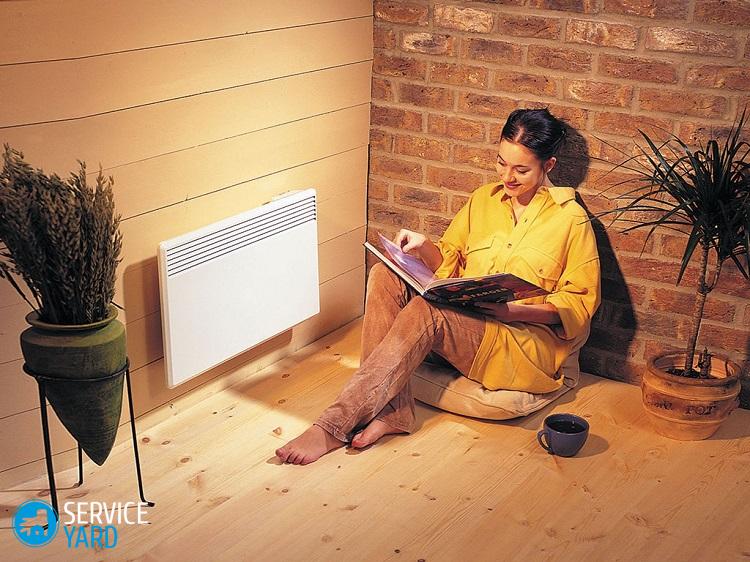
Device location
Before you go to the store for an electric convector, you need to determine where it will stand. The choice of location of the device depends on the personal preferences of the owner, the features of the interior of the room, as well as the climatic characteristics of the region:
- Such devices can be installed directly on the walls with the help of special mounts, which, as a rule, are included.
- If the owner will move the unit around the house, then you need to clarify whether there are special wheels for moving in the set so that after the purchase you do not look for suitable parts.
Important! When buying, you should also pay attention to the dimensions of the device, since such devices can have different lengths and widths, as well as different shapes. The most compact are skirting models, the height of which does not exceed 15 cm.
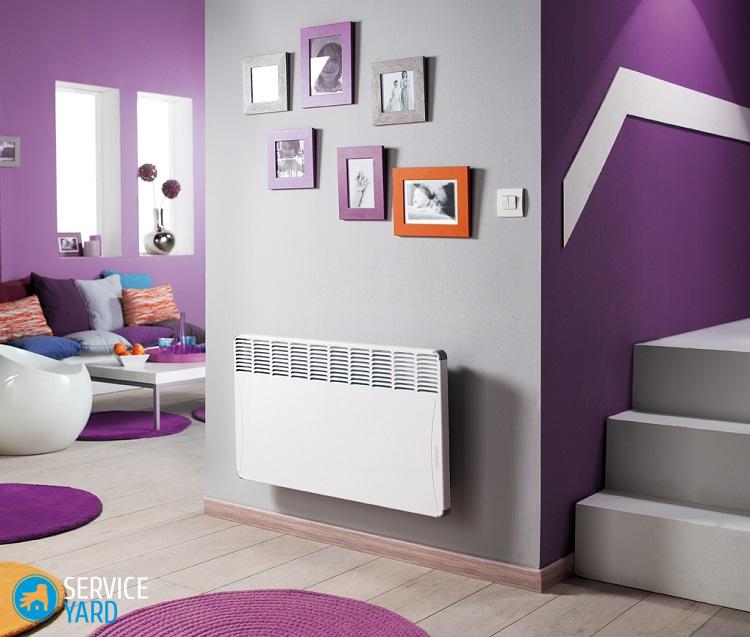
Power
Many users are wondering how to choose a convector for a house by power? The selection of a device, or rather its efficiency, is quite simple to calculate using the formula of 1 kW per 10 square meters of room area. But this principle only works if the ceiling height is not more than 2.7 m. In the event that the ceiling is higher, for every additional 10 cm you will additionally need 10% of the heater's power.
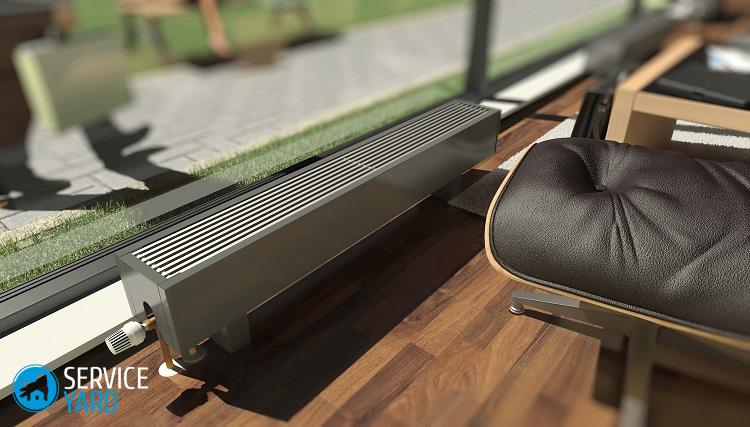
In addition, if this unit is the main source of heating, then you need to consider some important nuances:
- For the most efficient heating of the room, you will need as many convectors as there are windows in it.
- Passage and corner rooms, as well as rooms that are located above the basement or with a large glazing area, require a device with a sufficient power reserve.
- For good heating of the room and the choice of the necessary power of the device, you should use the recommendations of a specialist.
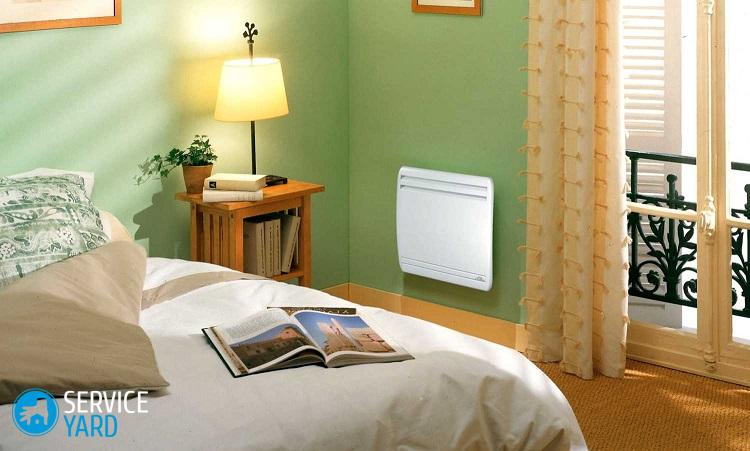
Varieties of temperature controllers
Thermostat is responsible for maintaining the required temperature in the electric convector in the room, which can be mechanically or electronically controlled. The first option - with manual control, somewhat reduces the cost of the unit. But at the same time, when using, it causes some inconvenience, for example, stable temperature maintenance, significant electricity consumption, tracking the operation of the device with characteristic clicks.
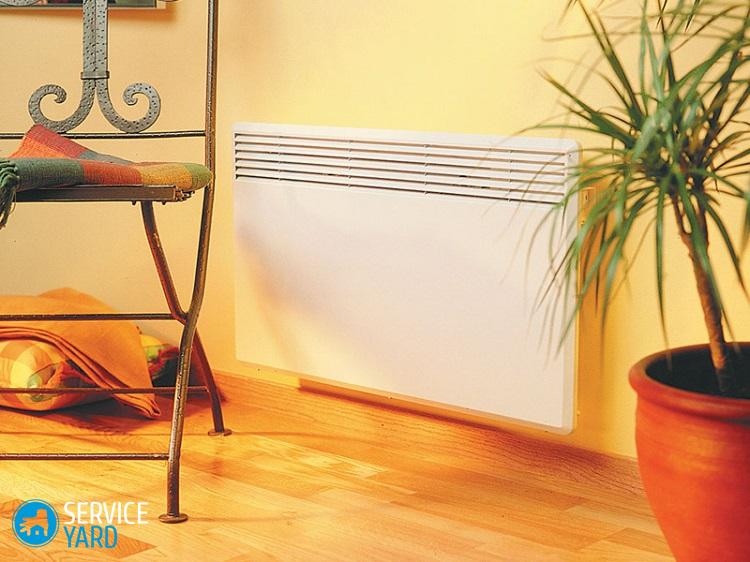
An electronic thermostat wins compared to a mechanical one because it:
- Absolutely silent when working.
- Able to withstand the temperature value that was set, with the least error.
- Reduces the amount of energy consumed (within its capabilities).
- Provides the ability to remotely carry out climate control.
Important! Of course, convectors with this type of thermostat are somewhat more expensive, however, they are definitely worth it. Therefore, do not abandon the electronic device.
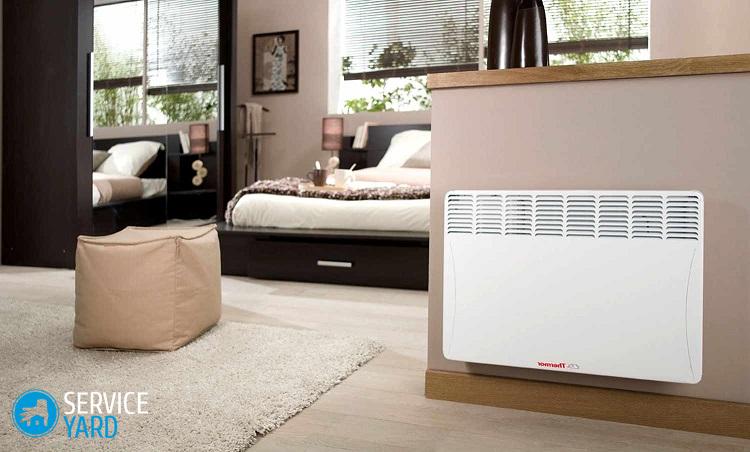
Mains voltage
When choosing a convector for a home, you should clarify the question of what should be the voltage in the mains, from which this device will work. This parameter is indicated in the technical data sheet.
Of course, most of the heating devices are adapted to domestic conditions and can be powered by a voltage of 220 V. However, on the market of household electrical appliances there are also such models for which normal operation requires a voltage of 120 V. Therefore, this parameter is also worth paying attention to.
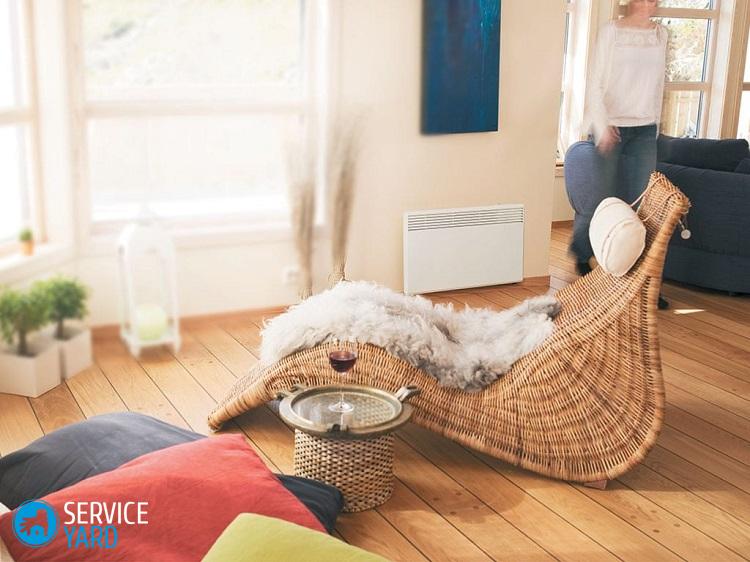
How to choose the perfect device?
If we take into account all the characteristics of an electric convector, then we can draw the following conclusions:
- In the best case, the device should have a tubular or monolithic heater.
- It is desirable that the device be equipped with an electronic thermostat, a “deactivation” sensor, and protection against overheating and freezing.
- In the kit for the convector, elements for the wall and floor installation option must be attached.
- Such functions as a convenient display, remote control and instructions in Russian can be very useful.
to contents ↑Important! Our suitable convector model will help you. rating of the best models.
Stock footage
So, in order to choose a convector, it is necessary to take into account a lot of nuances - its power, the type of temperature regulator, and the principle of operation. Try to buy only high-quality devices from well-known manufacturers, since devices that have too low a price may turn out to be of poor quality, and soon you may regret such a purchase.




